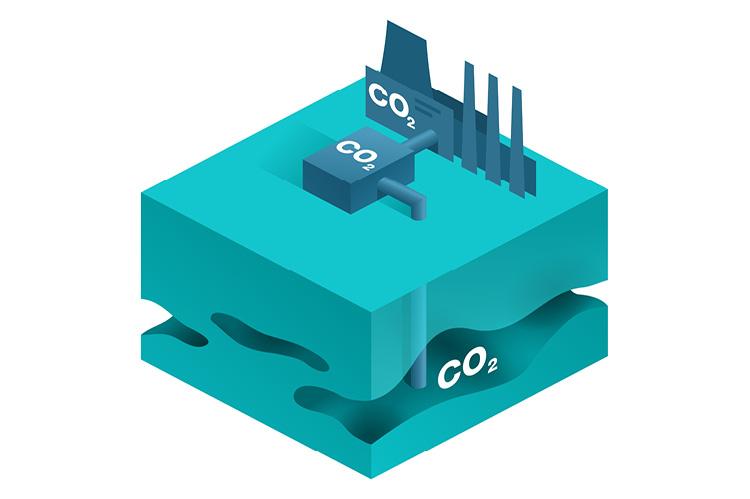Carbon Capture Will Require Construction of a Massive Network of Pipelines

Carbon capture and sequestration pipelines could cause a potential risk to many US communities if carbon capture sequestration technology is widely deployed, Dan Zegart, CIC senior investigator and report author, told the Journal last week.
According to Zagart, federal and industry policymakers would require a continent-wide network of pipelines to transport the billions of tons of CO2 captured from the countrywide industrial operations to specialized locations with underground geologic formation for permanent storage.
Following the bursting of the CO2 pipeline transporting the greenhouse gas to their storage in the evening of Feb 22, 2020, releasing a plume of CO2 that engulfed Satartia and the surrounding within minutes. The incident left scores hospitalized, and at least 250 people evacuated.
According to the report published extensively by Huffington Post in September last year, many people collapsed in their vehicles and homes during the event, while others wandered around gasping for air, dazed, and nauseated.
“Even months later, the town’s residents reported mental fogginess, lung dysfunction, chronic fatigue, and stomach disorders,” wrote Dan Zegart, the CIC senior investigator and author of the report.
Following the apocalyptic CO2 leak, the federal government is figuring out what to do with the billions of dollars already allotted for constructing a massive pipeline network in the US under President Joe Biden’s Infrastructure Investment, and Jobs Act approved in the last fall, and more funding proposed in other bills in the House of Congress.
A study carried out by Princeton University and published in December 2020 suggests the construction of a 65000-miles system by 2050 from the present 5000 miles of carbon dioxide pipelines operational in the US. Even with such a huge capacity, the new system can only transport 15% of the enormous greenhouse gas in the US today.
The maps published by the research show the vast network of potential pipelines stretching from one cost to another, including trunk lines running near almost every US state, with New Mexico included, and a system of offset lines linking the local communities to the mainline.
Since CO2 is highly corrosive when contaminated by water, the system requires robust pipeline infrastructure and great purity monitoring to transfer the compressed gas safely, pushing the project’s budget to trillions of dollars.

